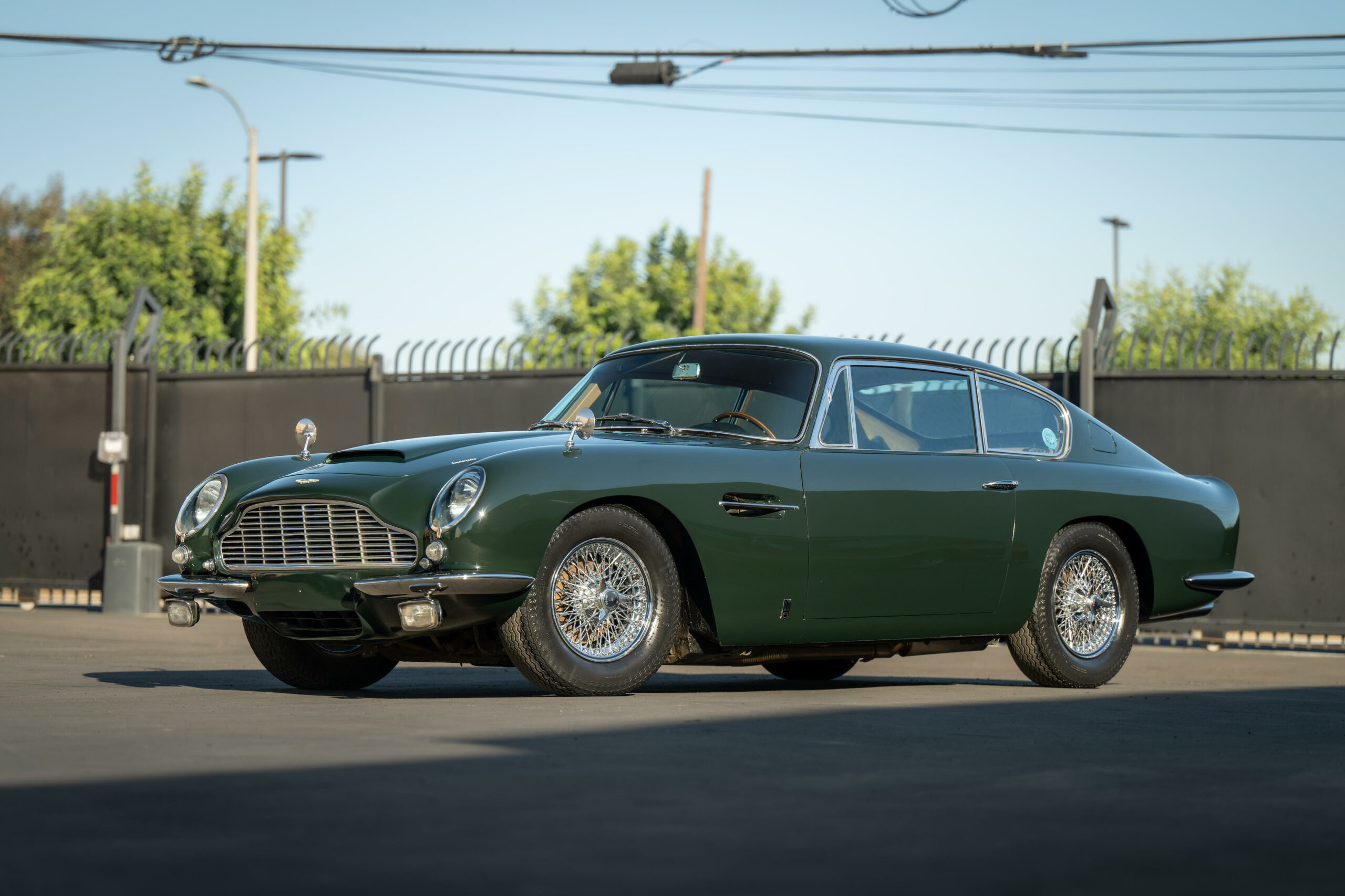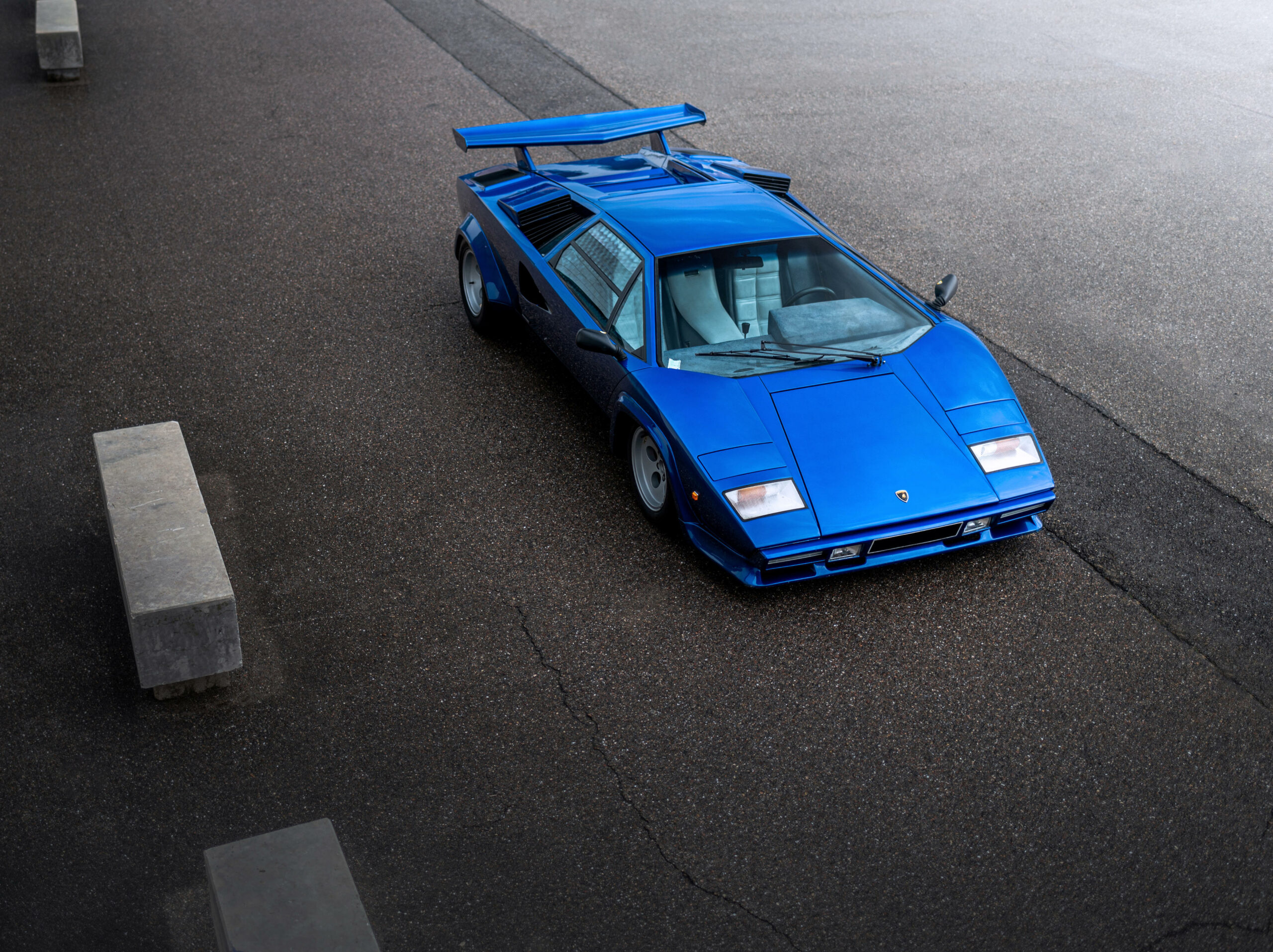Categories
- 1910s
- 1920s
- 1930s
- 1940s
- 1950s
- 1960s
- 1970s
- 1980s
- 1990s
- 2000s
- AMC
- Aston Martin
- Autobianchi
- Bentley
- BMW
- Bristol
- Buick
- Cadillac
- Chevy
- Chrysler
- Citroen
- Classic Cars
- Classic Hot Rods
- Classic Muscle Cars
- Classic Sports Cars
- Cunningham
- Davis
- Duesenberg
- Edsel
- Facel Vega
- Ferrari
- Fiat
- Ford
- Ghia
- Hillman
- Hudson
- Jaguar
- Kaiser
- Lamborghini
- Luxury Car
- Maserati
- Mercedes-Benz
- Moretti
- Packard
- Panhard
- Plymouth
- Porsche
- Reliant
- Rolls-Royce
- Studebaker
- Toyota
- Uncategorized
- Vespa
- Volvo
- Wolseley
The history of Lamborghini is a tale of Italian automotive excellence, engineering passion, and the creation of some of the world’s most renowned high-performance sports cars. Founded by Ferruccio Lamborghini in 1963, Lamborghini quickly established itself as a formidable competitor to other Italian supercar manufacturers.
Ferruccio Lamborghini, an industrialist and entrepreneur, had a background in manufacturing tractors and agricultural equipment. His fascination with sports cars led him to create Lamborghini Automobili in Sant’Agata Bolognese, Italy, with the aim of producing high-performance vehicles that could rival the likes of Ferrari.
In 1964, Lamborghini introduced its first production car, the Lamborghini 350 GT. This car featured a V12 engine, stylish design, and impressive performance, setting the stage for Lamborghini’s reputation as a maker of exotic and powerful sports cars.
One of the most iconic moments in Lamborghini’s history came in 1966 with the introduction of the Lamborghini Miura. The Miura was a groundbreaking supercar, featuring a mid-engine layout and stunning styling. It was hailed as the world’s fastest production car at the time and became an instant classic.
In the 1970s, Lamborghini continued to produce legendary models like the Lamborghini Countach, which featured a striking and angular design that captivated enthusiasts and became a poster car for many. The Lamborghini Diablo and Lamborghini Murciélago further solidified the brand’s reputation for high-performance and daring design.
Financial challenges led to changes in ownership during the 1980s and 1990s, with Lamborghini being owned by various companies, including Chrysler and Volkswagen Group. However, Lamborghini’s commitment to producing exotic and powerful sports cars remained unchanged.
The 21st century brought new models like the Lamborghini Gallardo and Lamborghini Huracán, which offered a more accessible entry point into the Lamborghini brand while retaining the performance and style for which the company was known.
Lamborghini also ventured into the SUV market with the introduction of the Lamborghini Urus in 2017. The Urus combined the brand’s performance heritage with SUV practicality, making it one of the fastest and most powerful SUVs in the world.
Lamborghini’s flagship model, the Lamborghini Aventador, continued to push the boundaries of performance, featuring a V12 engine and innovative technology.
Today, Lamborghini continues to produce a range of high-performance sports cars and supercars, with models like the Lamborghini Huracán Evo and the Lamborghini Aventador S. The brand’s commitment to innovation, speed, and Italian craftsmanship remains unwavering.
Lamborghini’s legacy is characterized by its relentless pursuit of automotive excellence and its ability to create cars that capture the essence of performance and luxury. The brand’s iconic raging bull logo reflects its reputation for power and style, making Lamborghini a symbol of Italian automotive passion and innovation worldwide.





